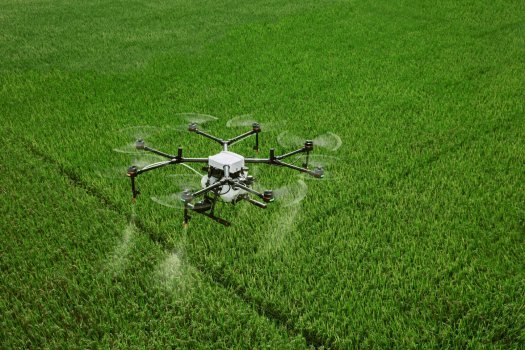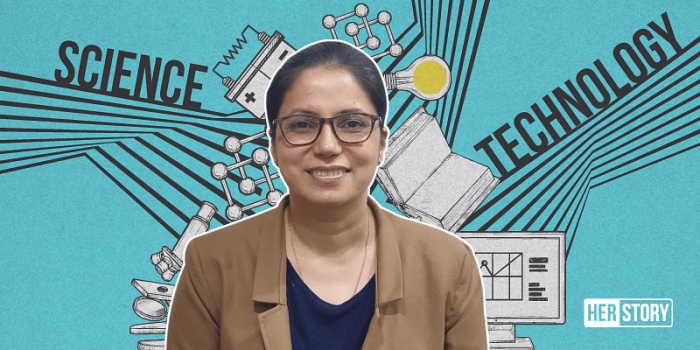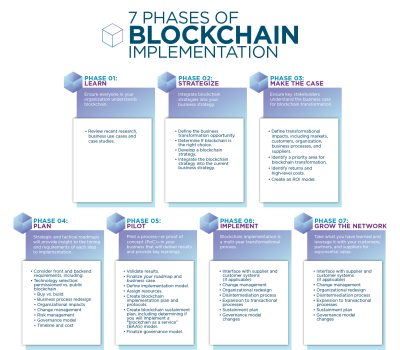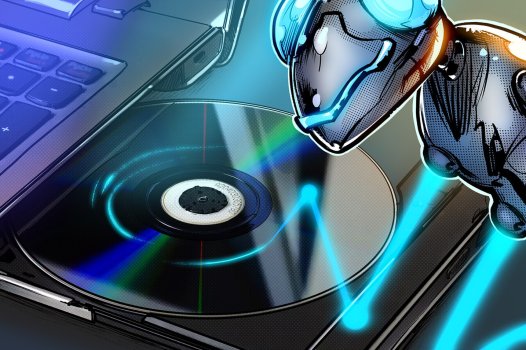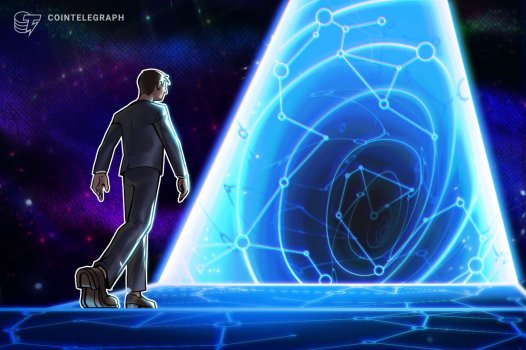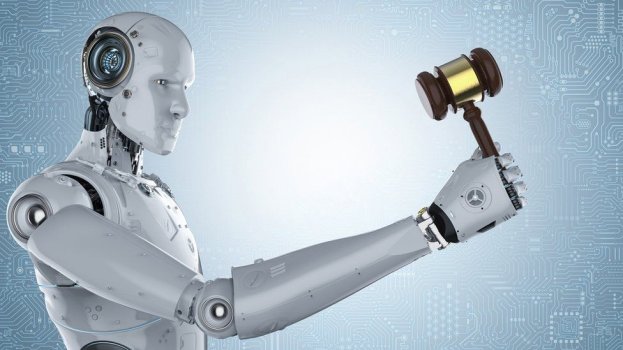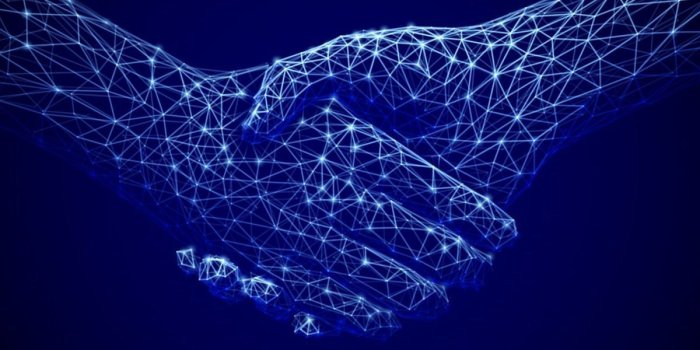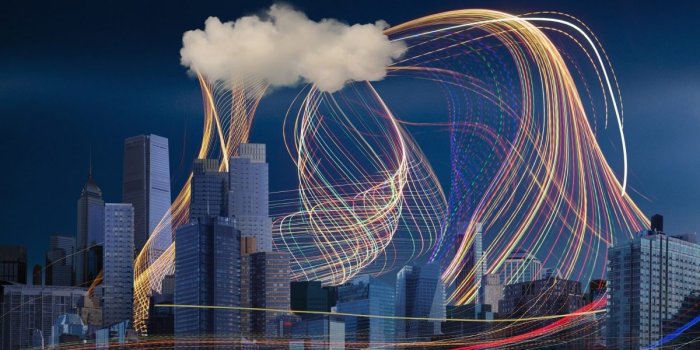Has the evolution of the commercial drone industry created opportunities or cultivated misconceptions?
- Drone Technology
- 0 Replies
For a long time, excitement and potential drove the commercial drone industry in a way that could literally be calculated. Countless reports talked up the billions of dollars that commercial drone technology represented, but whether it was the $82 billion estimated by AUVSI or the $127 billion that PwC predicted, the hype associated with drones was mostly irrelevant to the actual users that wanted to adopt the technology to create value. Plenty have done just that in very defined ways over the past few years, but just as the drone industry was in the midst of fully transitioning from hype to reality, COVID-19 changed the paradigm.
As literal social distancing tools, the pandemic highlighted how drones could be utilized in ways that were never envisioned but nonetheless created real value. However, those new opportunities have been complicated by misconceptions that predate the pandemic. Additionally, the regulatory challenges with legally taking a drone into the sky that users have to sort through are just as relevant now as they were in the midst of that hype cycle. What has this evolution of the commercial drone industry meant to the people that are working to define the value of the technology in the present and future?
That very topic is a focus of numerous conference sessions at the upcoming Commercial UAV Expo, where professionals from across the space will come together for what is now recognized as the world's largest show for professionals integrating commercial drone technology. In preparation of the event, we connected with numerous experts across the space to capture their insights around how expectations associated with the technology will impact the market in the short and long term.
Continue reading: https://www.commercialuavnews.com/infrastructure/has-the-evolution-of-the-commercial-drone-industry-created-opportunities-or-cultivated-misconceptions
As literal social distancing tools, the pandemic highlighted how drones could be utilized in ways that were never envisioned but nonetheless created real value. However, those new opportunities have been complicated by misconceptions that predate the pandemic. Additionally, the regulatory challenges with legally taking a drone into the sky that users have to sort through are just as relevant now as they were in the midst of that hype cycle. What has this evolution of the commercial drone industry meant to the people that are working to define the value of the technology in the present and future?
That very topic is a focus of numerous conference sessions at the upcoming Commercial UAV Expo, where professionals from across the space will come together for what is now recognized as the world's largest show for professionals integrating commercial drone technology. In preparation of the event, we connected with numerous experts across the space to capture their insights around how expectations associated with the technology will impact the market in the short and long term.
Continue reading: https://www.commercialuavnews.com/infrastructure/has-the-evolution-of-the-commercial-drone-industry-created-opportunities-or-cultivated-misconceptions


